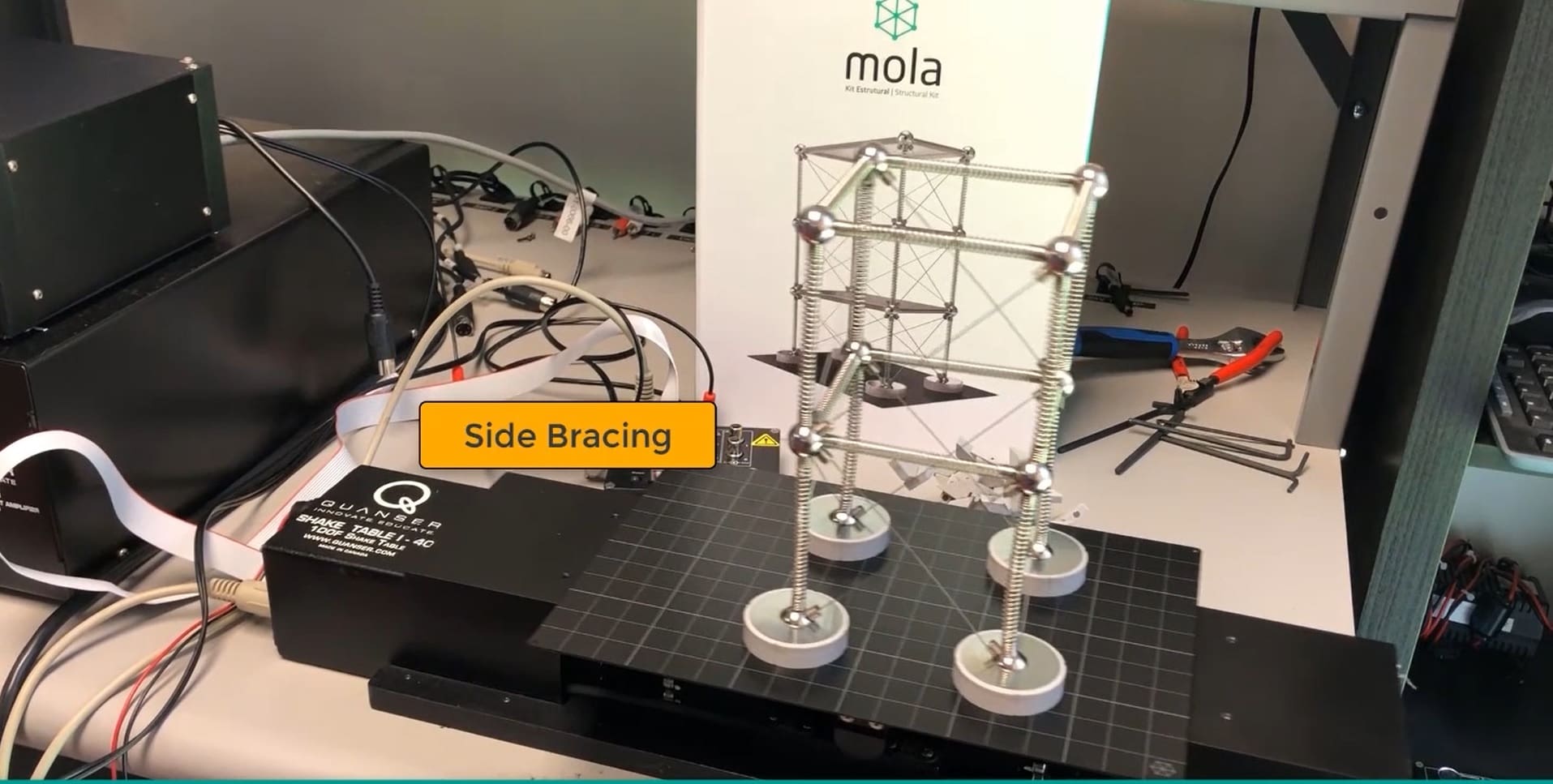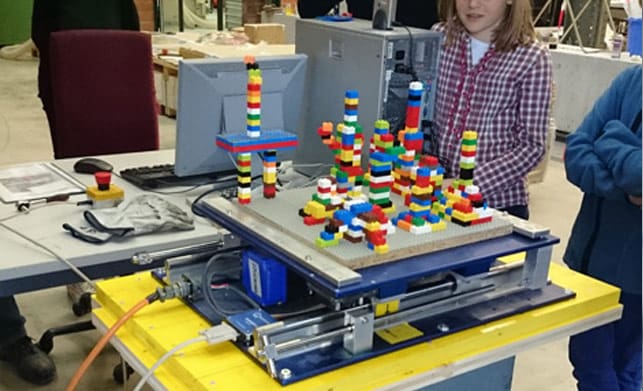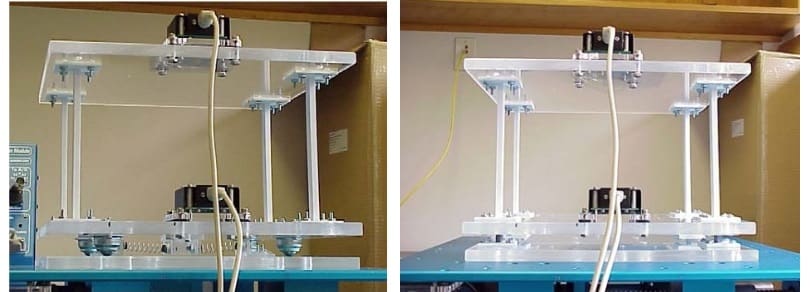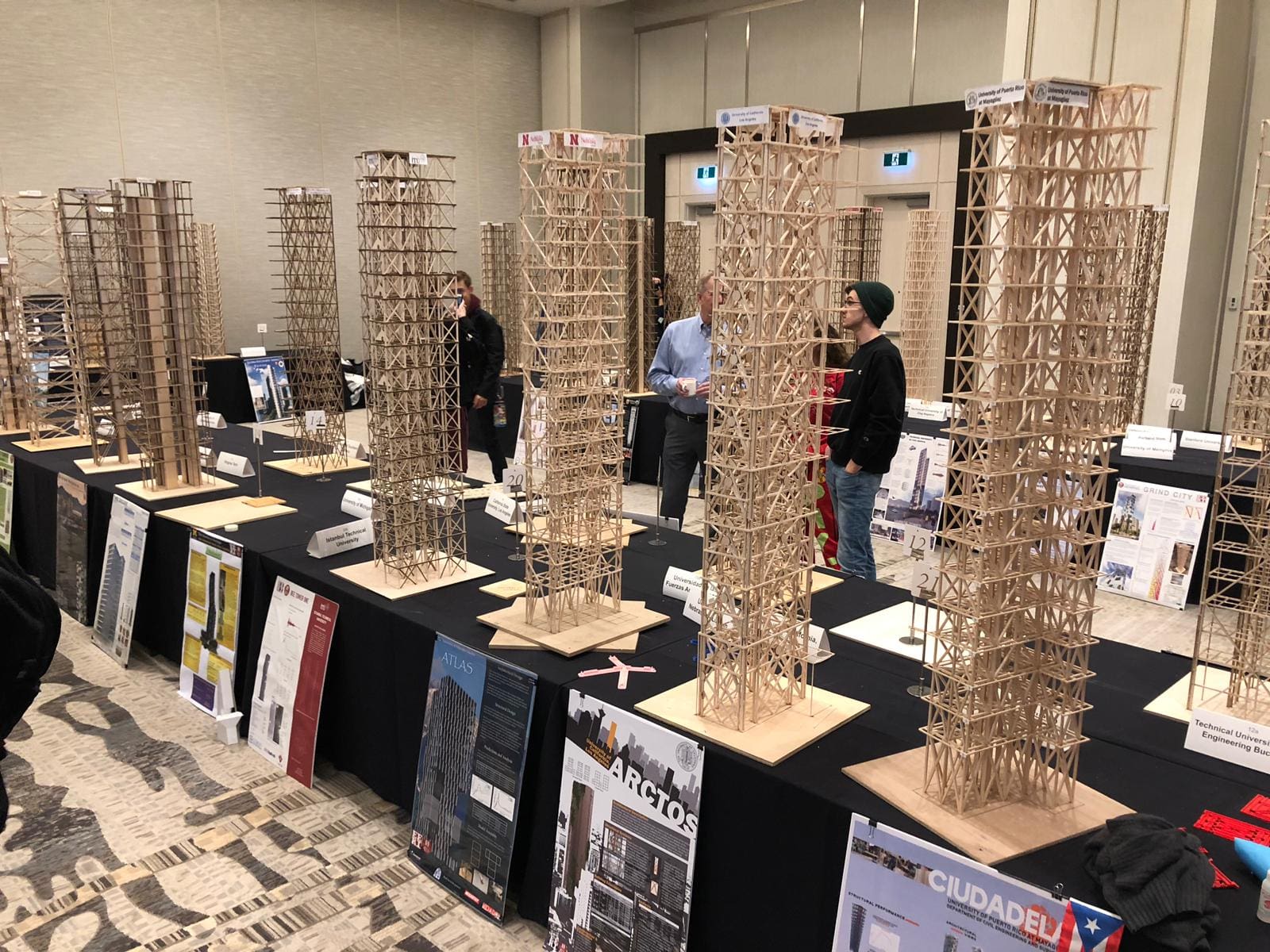
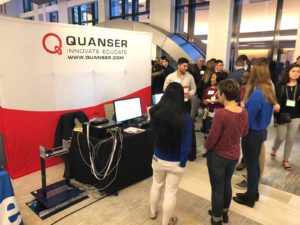
It’s been a couple of weeks since my colleagues, and I got back from the 2019 Earthquake Engineering Research Institute (EERI) Annual Meeting. This year’s meeting, the 71st in the history of the Institute, was held in Vancouver, BC.
EERI 2019 brought together a wide range of audience, spanning from academia to policymakers to folks from the civil/structural industry. That was also evident from the diverse session topics, including emergency preparedness, improving building performance, innovative building technologies and instrumentation, as well as earthquake response and recovery.
It had been a few years since Quanser attended the EERI Annual Meeting. So this was a great opportunity for us to talk directly to our Shake Table users and earthquake and structural engineering researchers. We also had an eye on a couple of workshops and technical sessions, to learn about the latest research and development in the field of earthquake engineering.
Quanser and Earthquake Engineering
To put things into historical perspective, our first shake table product was conceptualized back in 1999. That year, twenty-three universities affiliated with the three national earthquake centers in the USA founded the University Consortium on Instructional Shake Tables (UCIST). The main goal of the Consortium was to bring earthquake simulators to classrooms. UCIST wanted to give students early in their undergraduate courses a chance to develop a deeper understanding of structural dynamics and controls principles through hands-on experiments.
Based on the UCIST’s specifications, Quanser developed the first earthquake simulator, the Shake Table II, a uni-directional, bench-scale platform, The Consortium adopted the Shake table II as its official platform, and with the funding from the NSF, equipped all twenty-three institutions with it.
Shaking Things at EERI
 For me personally, the highlight of EERI each year is the undergraduate Seismic Design Competition or SDC. It’s been held annually since 2003, a true legacy to UCIST’s efforts. This year, nearly 40 teams from universities around the world participated in the event. The sheer excitement, anticipation, stomach butterflies, and pride was evident in the room.
For me personally, the highlight of EERI each year is the undergraduate Seismic Design Competition or SDC. It’s been held annually since 2003, a true legacy to UCIST’s efforts. This year, nearly 40 teams from universities around the world participated in the event. The sheer excitement, anticipation, stomach butterflies, and pride was evident in the room.
Each participating team is required to build a scaled structure out of balsa wood, designed to withstand a seismic loading. During the competition, the seismic performance of the structures is tested on a shake table. We are very proud that the Quanser Shake Table II has been the official ground motion simulator of the event since its conception!
The structures are subjected to two ground motions, which represent earthquakes with different return periods. The structures are accessed based on their ability to withstand these ground motion. In addition, the structures’ roof drift and acceleration are measured to estimate the monetary loss from damage to the structure.
Shaking the structures is just one part of the competition. Other scoring components include assessment of the annual revenue, annual building cost, and annual seismic cost. This year, the team from Stanford University took away the 1’st place honor.
What Makes a Winner?
Talking to the teams and their faculty advisors, there are two key factors to success in the completion. The first is the ability to mathematically model and simulate their structure (using finite element analysis software, e.g., SAP2000), and second is having access to an actual shake table to validate the performance of the structure.
Structural Health Monitoring
Besides the obvious educational aspect of shake tables, there is a rising demand for experimental testing of scaled structures, be it validating a new structural design, testing new and innovative building materials, or evaluating passive and active structural damping techniques.
Tied closely to this activity is the concept of structural health monitoring, which is the process of real-time or periodic monitoring of the dynamic behavior of real structures. Structural health monitoring is primarily implemented for damage detection in engineering structures.
I talked to a few manufacturers of structural health and earthquake sensors at EERI. According to them, the R&D testing is mostly done using shake tables. That creates a growing demand for shakers that can accurately reproduce ground and custom motions.
The other big opportunity they see is for companies to develop reliable, accurate, and accessible sensors. It is driven by a growing requirement for tall buildings to be fitted with sensors for monitoring forces the buildings experience. Unfortunately, civil engineering seems to be slow in adopting the latest technology already used in other areas and industries. The sentiment at EERI 2019 was that the civil industry still shies away from implementing remote monitoring and wireless sensors. The main reasons for this reluctance we heard were the unreliable and expensive-to-maintain network infrastructure required.
See You Next Year!
With the success of this year’s EERI Annual Meeting, we look forward to being back in 2020. We may have some exciting products to showcase!


